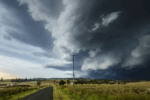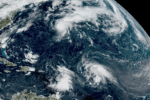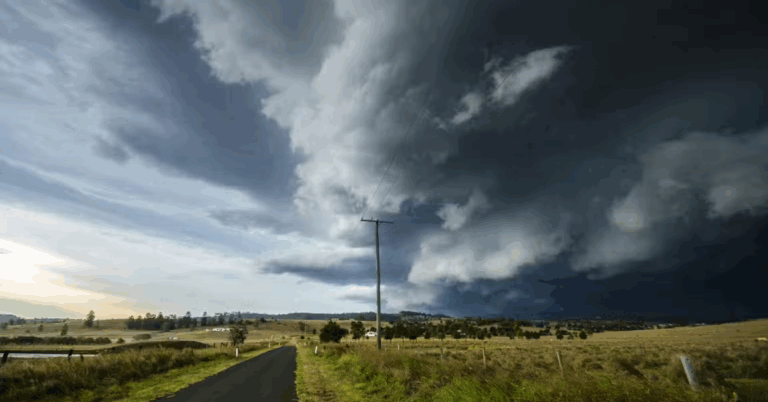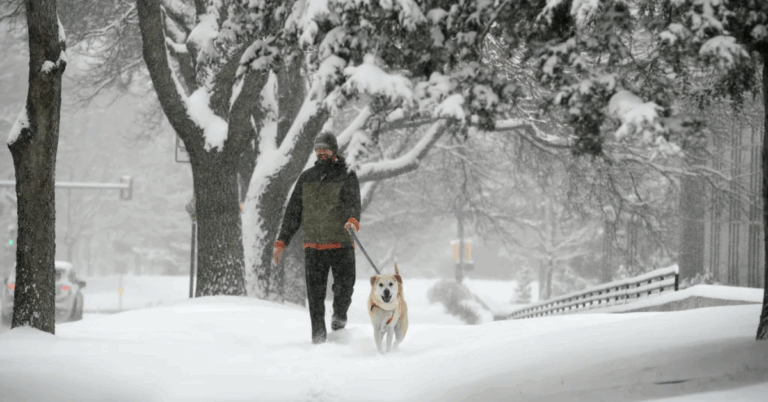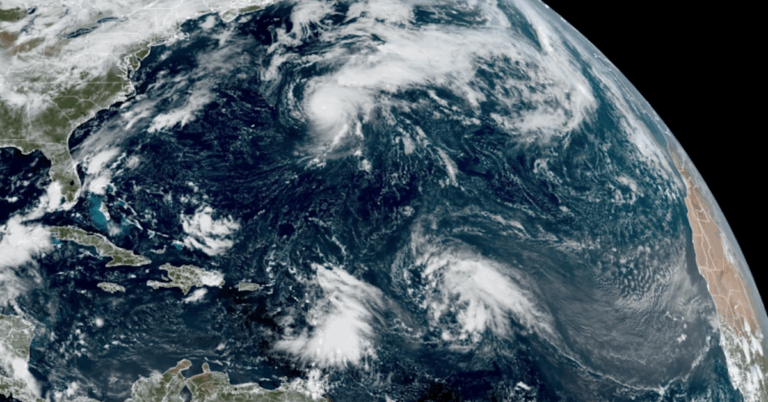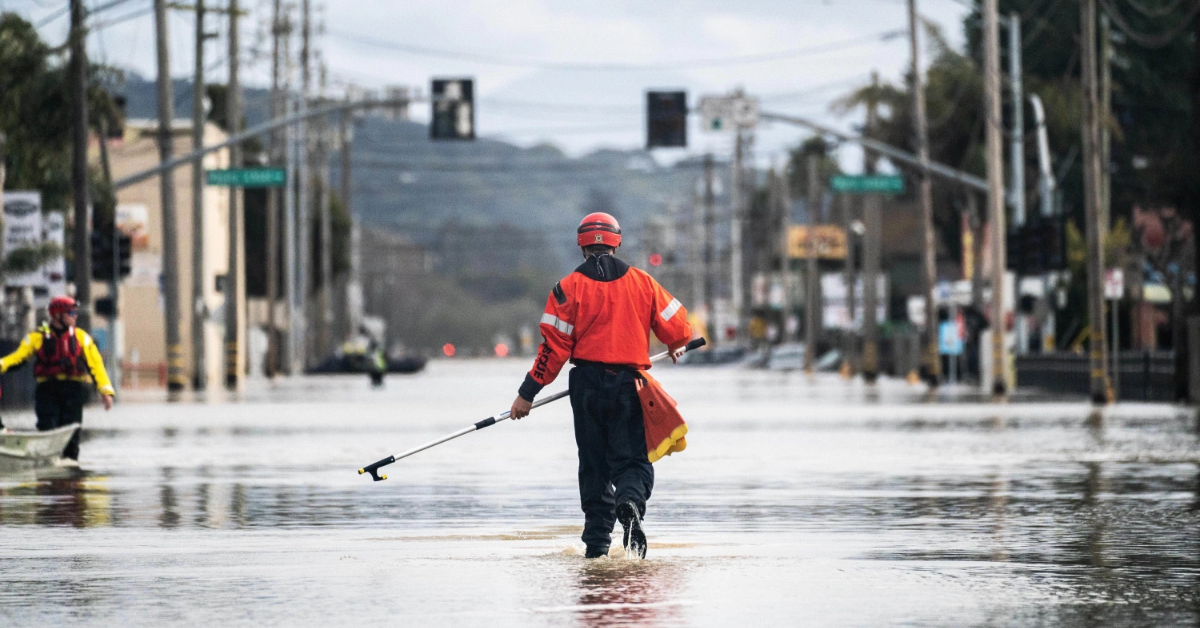
California is known for its diverse climate, but recently, residents and visitors alike have been experiencing rapid and extreme weather changes. One day the state bakes under intense heatwaves, and the next, unexpected snowstorms blanket regions that rarely see much snow. This sudden shift in weather patterns is creating challenges for daily life, agriculture, and the environment.
Understanding why California faces this “weather whiplash” can help people prepare better. Scientists link these unusual events to larger climate trends and atmospheric shifts. In this article, we will explore the reasons behind California’s extreme weather swings and what they mean for the future.
What Causes California’s Extreme Weather Changes?
California’s weather can change quickly due to its unique geography, which includes deserts, mountains, and coastal areas. A major factor behind this “weather whiplash” is the shifting jet stream, a high-altitude wind current that influences weather patterns across North America. According to the National Oceanic and Atmospheric Administration (NOAA), changes in the jet stream can bring hot air from the desert Southwest or cold air from the north, creating sharp temperature swings.
Another reason is climate change, which is making both heatwaves and winter storms more intense. The Intergovernmental Panel on Climate Change (IPCC) reports show that rising global temperatures increase the likelihood of extreme weather events. In California, this means longer, hotter heatwaves followed by sudden cold spells and snow as the atmosphere tries to balance out the temperature differences.
Impact on Residents and Daily Life
For people living in California, these fast-changing weather conditions can be confusing and dangerous. Heatwaves bring risks like dehydration and heat stroke, especially for vulnerable groups such as the elderly and children. Just days later, unexpected snow can cause travel problems and power outages. Schools and businesses may have to adjust schedules, making it harder to plan everyday activities.
Local governments are working hard to improve warning systems and emergency responses. The California Governor’s Office of Emergency Services encourages citizens to stay informed about weather alerts and prepare emergency kits that suit both hot and cold conditions. This way, Californians can stay safe despite the wild swings in weather.
Effects on Agriculture and Environment
California’s agriculture also faces challenges from this weather whiplash. The state is a major producer of fruits, vegetables, and nuts, many of which need stable weather to grow well. Heatwaves can stress plants and reduce yields, while unexpected snow and freezing temperatures can damage crops, especially early in the season. Farmers must adapt by changing planting schedules or using special techniques to protect their fields.
The environment is not spared either. Wildlife accustomed to certain climate patterns may struggle to survive sudden changes. Additionally, rapid melting of snow after a storm can lead to floods and mudslides, damaging ecosystems and communities. These events highlight the need to focus on sustainable practices that help the environment better handle extreme weather.
How Can Californians Prepare for Weather Whiplash?
Preparation is the key to dealing with California’s quick weather changes. Residents should keep an eye on weather forecasts and sign up for emergency alerts. It’s useful to have supplies ready for both heatwaves and cold spells. This includes water, cooling options like fans, warm clothing, and even snow gear if needed.
Homeowners can improve their property’s readiness by ensuring proper insulation and fixing leaks that could allow water damage during snowmelt or heavy rain. Staying connected through community networks also helps, as neighbors can assist each other during power outages or other emergencies.
Looking Ahead: Is This the New Normal?
Experts suggest that California’s weather whiplash is likely to continue or even worsen because of global climate trends. Preparing for both extremes—heat and cold—will become part of everyday life. Scientists from agencies like NOAA emphasize the importance of reducing greenhouse gas emissions to slow down climate change and stabilize the weather over time.
Ultimately, understanding these patterns helps individuals, communities, and policymakers make smarter decisions. By staying informed and ready, Californians can face the challenges of weather whiplash with confidence and resilience.

